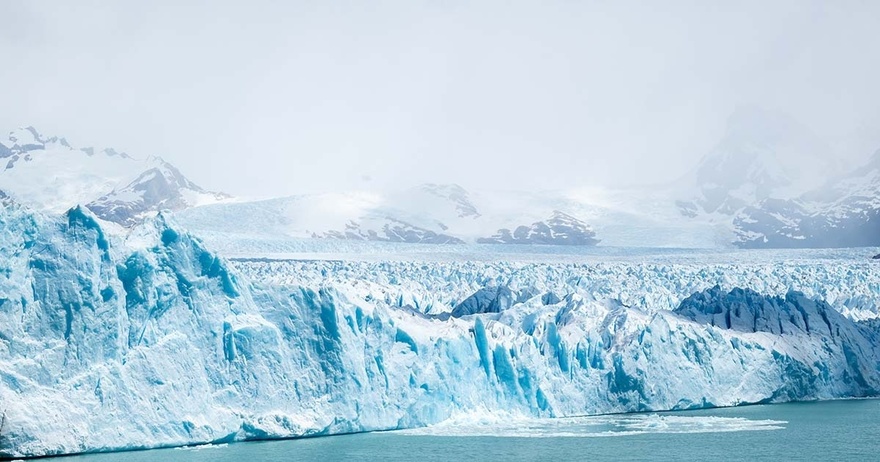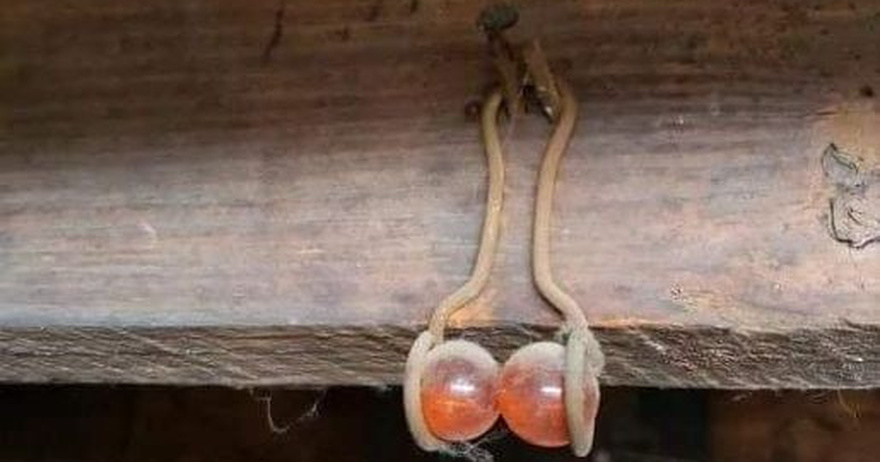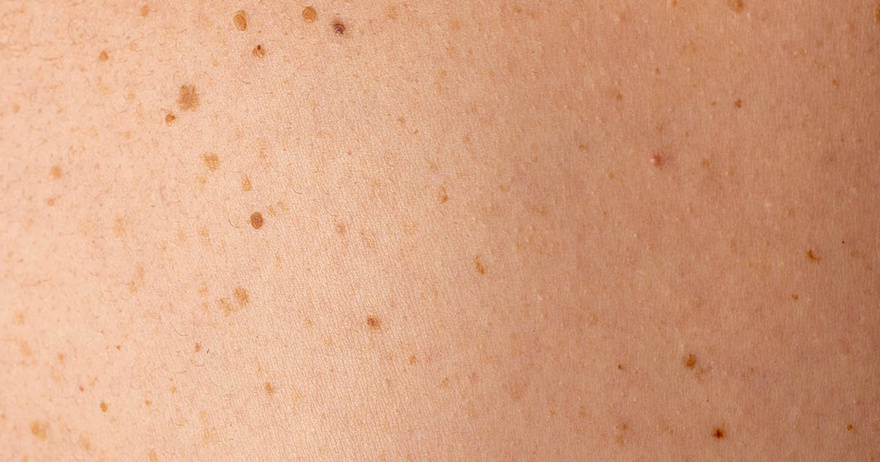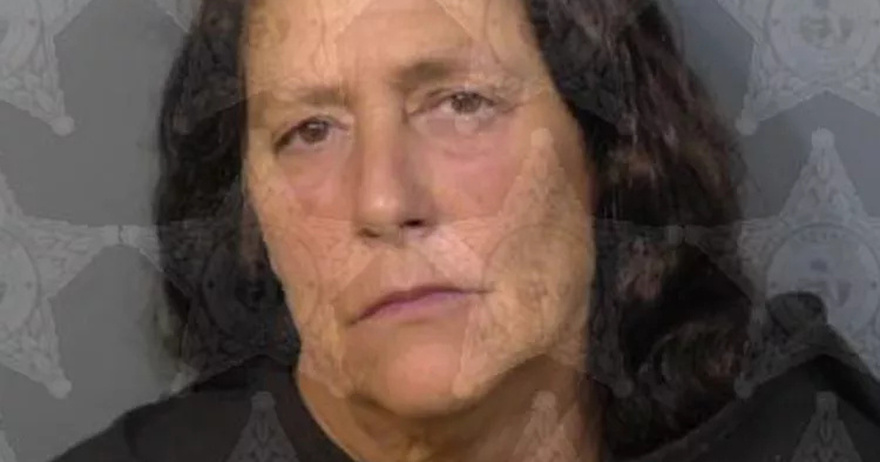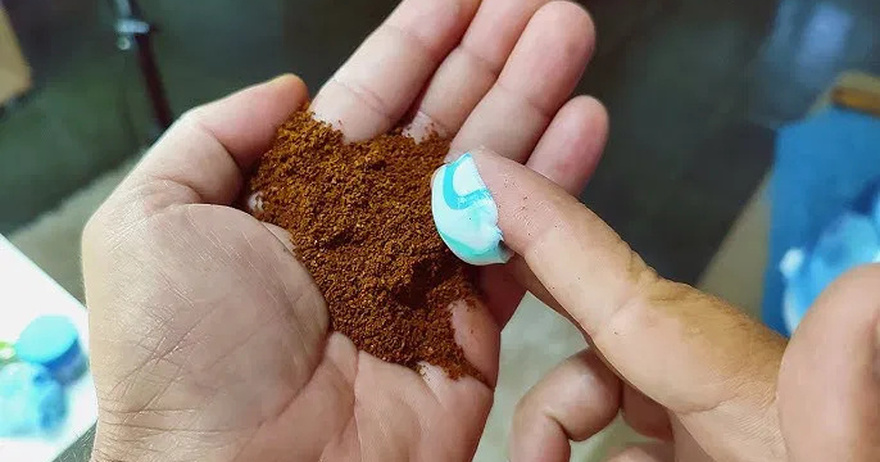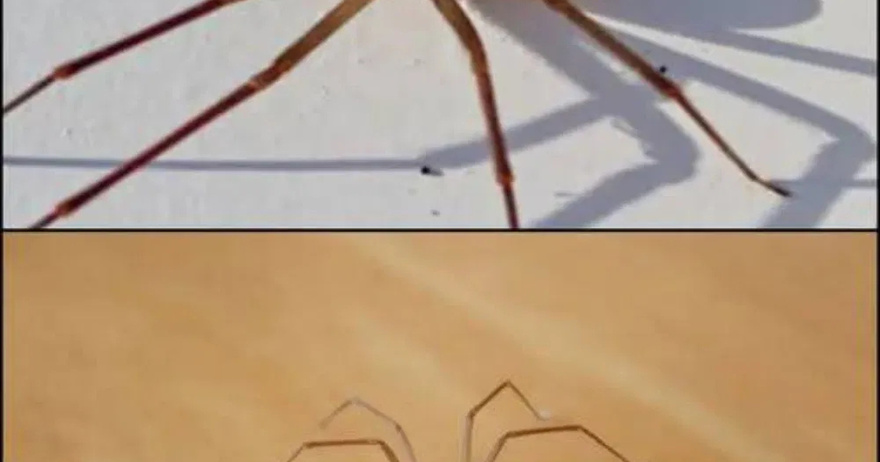In the frozen region of Antarctica, a simple yet daring experiment revealed an incredible hidden world beneath the ice. Austin Carter, a researcher with the Center for Old Ice Exploration (COLDEX), lowered an action camera into a borehole 93 meters deep. What it captured stunned both scientists and the public, offering a rare glimpse into the secrets trapped beneath the Antarctic surface. This remarkable footage added to the growing field of Antarctica Discovery, helping uncover the hidden history beneath the ice.
A Camera’s Journey Into the Ice and Its Scientific Significance
This experiment took place in the Allan Hills Blue Ice Area, a remote region known for its ancient ice. The borehole itself wasn’t new; it had been drilled years ago for ice core sampling. Carter saw an opportunity to repurpose it in a unique way. He dropped a camera into the hole, recording its descent through layers of ice that had formed over millions of years. As the camera plunged deeper, it revealed smooth, transparent ice walls glistening under the dim light. The footage created an eerie, tunnel-like effect, as if the viewer was traveling through a portal to another world. The layers in the ice, preserved over vast stretches of time, told a silent story of Earth’s past climate.
The ice in this region is among the oldest on the planet. Some of the cores extracted from similar boreholes contain ice dating back 2.7 million years. That means the frozen layers hold trapped air from a time before humans even existed. Scientists study these samples to understand how Earth’s climate has changed over millennia. Ice cores serve as time capsules, containing tiny air bubbles that preserve atmospheric conditions from different eras. By analyzing them, researchers can track shifts in temperature, greenhouse gas levels, and environmental changes. This data plays a crucial role in Antarctica Discoveries, helping scientists predict future climate trends with greater accuracy.
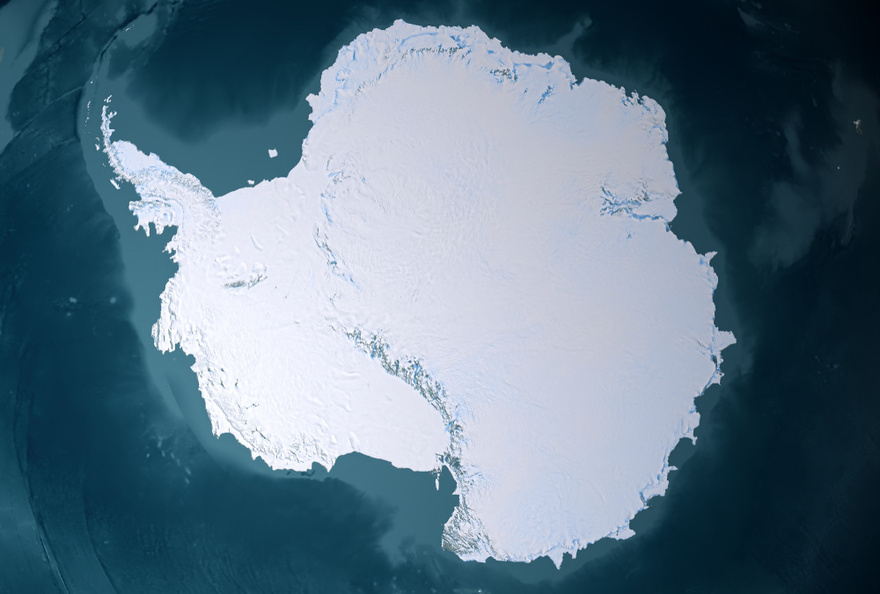
A Unique Perspective on the Ice and Future Research Possibilities
Though ice core research has been ongoing for decades, actually seeing inside a borehole in this way is rare, making it a valuable addition to Antarctica Discovery efforts. Most studies rely on extracted samples rather than direct visual exploration. The footage provided a new way to observe the structure of the ice in its natural form. Scientists could see layers of compressed snow, turned into dense ice over thousands of years. Some areas appeared more transparent, while others had visible fractures and bubbles. The smoothness of the walls suggested the ice had been slowly flowing and reshaping over time, influenced by the immense pressure above.
This simple experiment sparked curiosity among scientists and the public alike. The visuals offered a fresh perspective on how ice forms and changes deep beneath the surface. Many people think of glaciers as static, but in reality, they shift and evolve in response to temperature and pressure. Beyond scientific value, the footage was an exciting addition to Antarctica Discoveries, reminding viewers of the sheer beauty of this frozen world. The shimmering, blue-tinted ice created an almost otherworldly atmosphere. The descent felt like a journey through time, offering a rare view of something usually hidden beneath layers of snow and ice.
This experiment may inspire similar projects in the future. While ice cores provide valuable data, cameras can add a visual layer to our understanding. Scientists could use more advanced imaging tools to explore deeper boreholes, capturing details that samples alone cannot reveal. Additionally, this method could help researchers identify ideal locations for future drilling. By visually inspecting boreholes, scientists can better understand the conditions below before extracting ice cores. This could improve efficiency, reduce the risk of drilling in unstable areas, and contribute further to Antarctica Discovery advancements.
Cored hole for ice fishing

Antarctica holds some of the most important climate records on Earth. Its ice preserves the history of our planet’s atmosphere, providing critical insights into past climate cycles. Understanding these patterns helps researchers predict how current climate change will unfold. The continent also plays a key role in regulating global temperatures. Its ice sheets reflect sunlight, helping to keep Earth cool. If these ice masses shrink due to rising temperatures, it could lead to higher sea levels and more extreme weather patterns worldwide. That’s why Antarctica Discoveries remain crucial in understanding the ice’s role in climate stability.
This experiment was a small but significant step in understanding Antarctica’s hidden world. It combined curiosity with technology, resulting in a fascinating look beneath the ice. While ice core studies remain essential, new approaches like this could enhance future research. The footage taken from 93 meters below the surface serves as a reminder of how much remains undiscovered in Antarctica. With continued exploration, Antarctica Discovery projects will play a key role in uncovering more about our planet’s past, present, and future. For now, this simple camera drop has provided a breathtaking glimpse into a world frozen in time.
